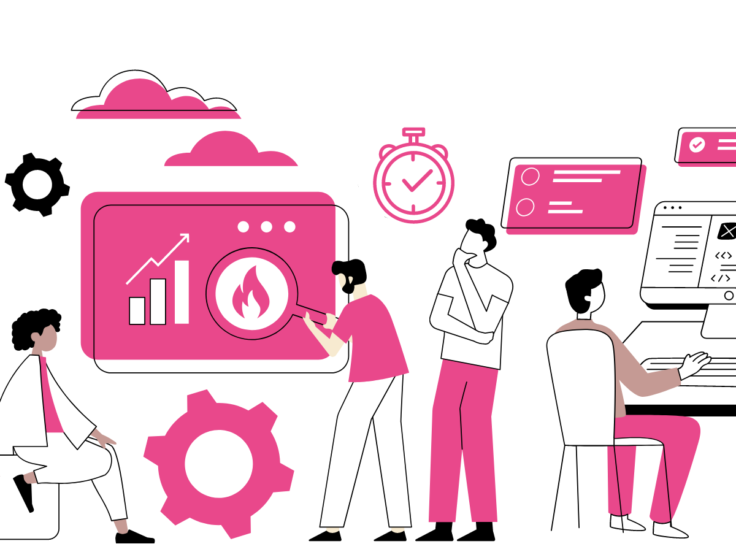We've talked in the past about attracting anonymous contributors to your campaign, and we've received some feedback from IndieGoGo campaign owners in the arts that, while these approaches work for people in charity and cause-related campaigns, it's a bit harder to get anonymous donors to contribute to your arts project.
We agree. If you're in the arts (film, television, web series, theater, etc.), it's better to take a different approach, and that's building an audience around your art first, then asking for contributions to future projects from those who are familiar with your work.
It's not about getting strangers to contribute — it's about getting strangers to see your work, and then turning those strangers into friends.
I spent some time working in arts marketing and always found it helpful to break the process into these steps:
1 – Get them in the door.
Get them in the door in any way possible. Paid ticket buyers are great, but start with offering free tickets to select groups, doing a Groupon, offering free samples, putting free content online — all are excellent ways of exposing your work to a greater audience without asking them to take a risk first. If you're seeking paid audience, or if your art is always free, make sure you've got good PR, marketing and advertising campaigns in place (seek free and cheap ways to do this — it is possible).
2 – Get them to come back.
Make sure they know about you and know who you are when they're in your space. Educate them about your organization and give them a few choices on how to engage with you later. Would they like to receive your emails? Become your Facebook fan? Get text messages about future shows? Subscribe to your blog or YouTube channel? Put these "capture" methods in place before your first performance or exhibit and make sure your patrons know they're there. Always ask them to come back and let them know how they can do so. It's not intrusive, it's essential.
3 – Identify your repeat users.
Keep track of your patrons. Gather their emails and other information wherever and however you can. Find out who your mega-fans are by counting (if at all possible) who's been in attendance at your work more than once.
4 – Offer mega-fans a stake in your success.
Don't think of it as an "ask." Once you've cultivated a base of patrons and identified those you could consider "heavy users," ask them to take a stake in the future of your work by offering up something extra. These are the folks you want to reach out to when you start your IndieGoGo campaign.
5 – Flip the funnel.
I owe this phrase to Seth Godin. He talks about making your biggest fans the megaphone for your message. Don't be afraid to ask your stakeholders to share your message with new people.
6 – Repeat the process. To oblivion.
Making the art is just a small part of the process. You have to continually cultivate an audience for that art. It takes work, but breaking it into manageable steps like this helps.
Any other tips or advice on building an audience for your art? Share them in the comments!
Image courtesy Flickr user Scout Seventeen.



You must be logged in to post a comment.